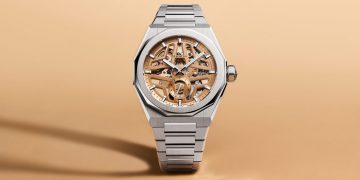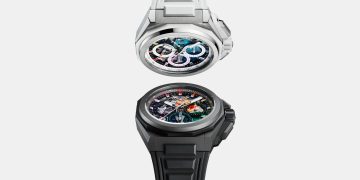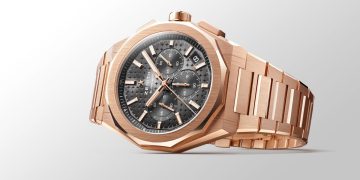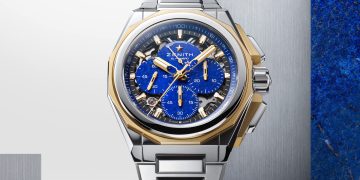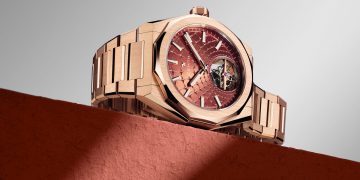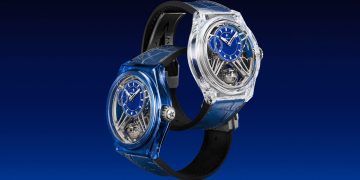Source: Images and content by A Collected Man @ ACollectedMan.com. See the original article here - https://www.acollectedman.com/blogs/journal/paul-dupre-lafon
http://cdn.shopify.com/s/files/1/0606/5325/articles/Dupre-Lafon.jpg?v=1628792270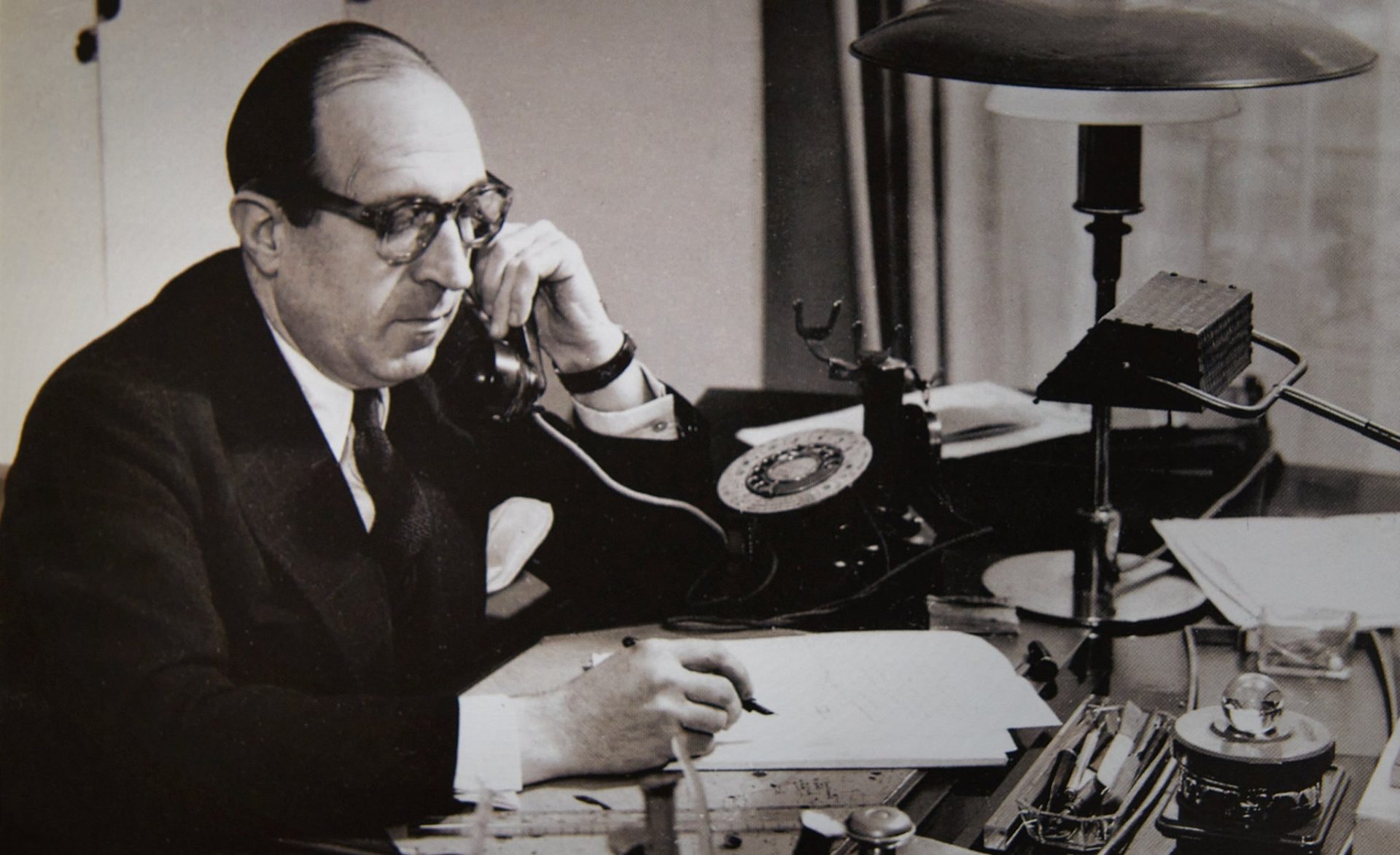
“His choice of materials was very rich, but what’s important is that he let these materials speak for themselves. They were very much part of the design,” she says – Dupré-Lafon also, in an avant-garde way, characteristically allowed technical details, the likes of screws and bolts, to remain visible in his designs. “These kinds of pairings were really new then too – you’d get a beautiful piece of leather next to a patinated piece of bronze, for example.”
The result allowed Dupré-Lafon to straddle the worlds of both Art Deco, sometimes ostentatious, and Modernism, “without modernism’s sometimes blandness,” adds McDonald. Yes Dupré-Lafon would use the most expensive materials, but he’d do so in the most understated of ways – lacquered wood, for example, was very much a designer’s choice in the 1920s and 30s, but Dupré-Lafon’s configuration and use of colour would make it his own. Or he set these expensive materials next to more basic, noble ones – stone, chromed steel, iron. “He’d use bling materials, to use modern parlance, but his designs somehow always managed to avoid looking bling,” says McDonald. “His designs were simply very chic.”

